What city actually has a sausage that is so sacred that it is protected under EU law? Nuremberg, Germany! I was spending 48 hours in Nuremberg and, of course, the goal was to sample as many of these sacred sausages as we could. Whilst in between this sausage sampling, we visited one of the most important cities in Germany.
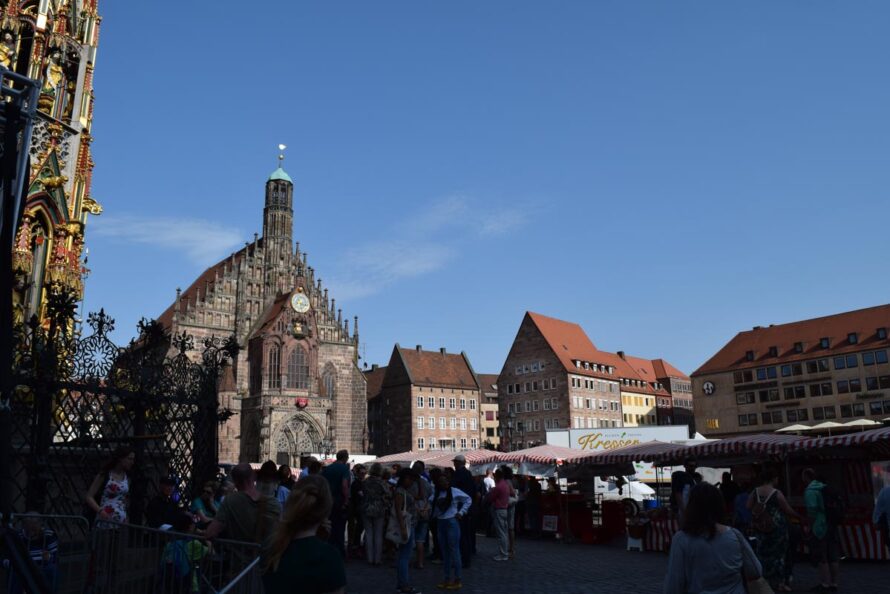
Nuremberg, a city that was mentioned in history books in the year 1050 AD, makes the perfect weekend getaway from London. Fewer than two hours from London, a short hop on the UBAHN and you are in the walled city that brought you Albrecht Dürer, toys, eyeliner, Rotbier and Lebkucken, in addition to its sausages,
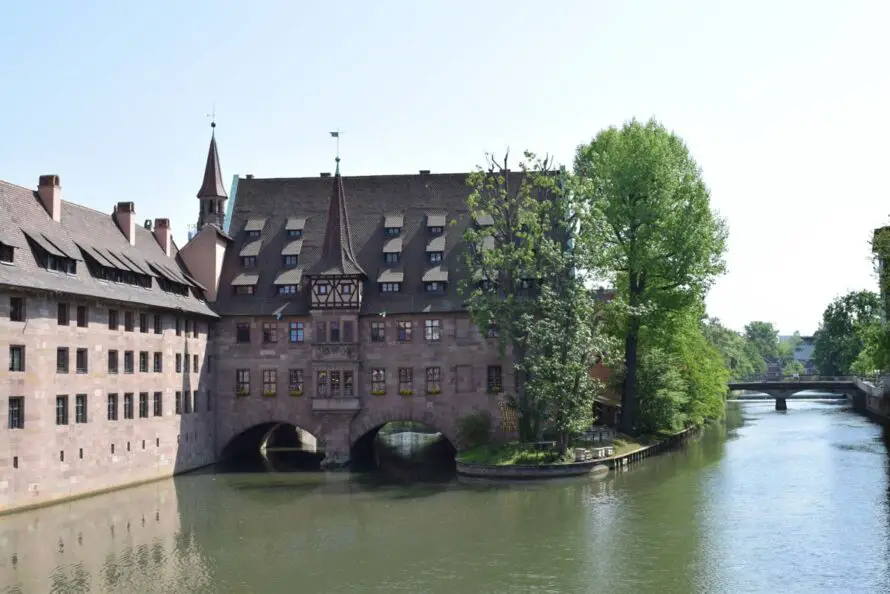
An independent state until the 19th century, Nuremberg was always at the forefront of worldwide trade and industry. It was considered the most German of German Cities; one whose history was so important that Hitler made it the center of the Nazi Party.
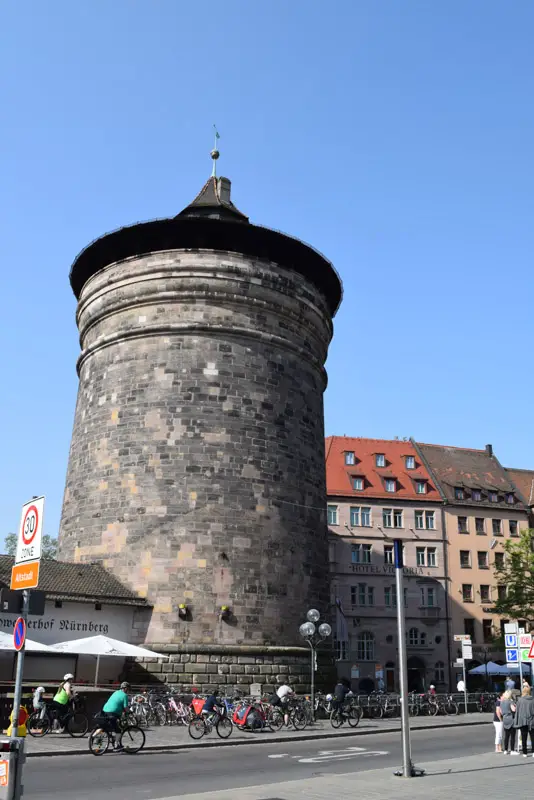
When spending 48 hours in Nuremberg, we found Le Meridien Grand Hotel Nürnberg, one of the nicest hotels in town, a perfect spot to settle. It sits not only near the train station, but also directly in front of the walled city. If you do only have two days here, I suggest you leave one day to explore the old town and the other to explore its Nazi History. You will then have enough time to be able to linger over lunch by the river.
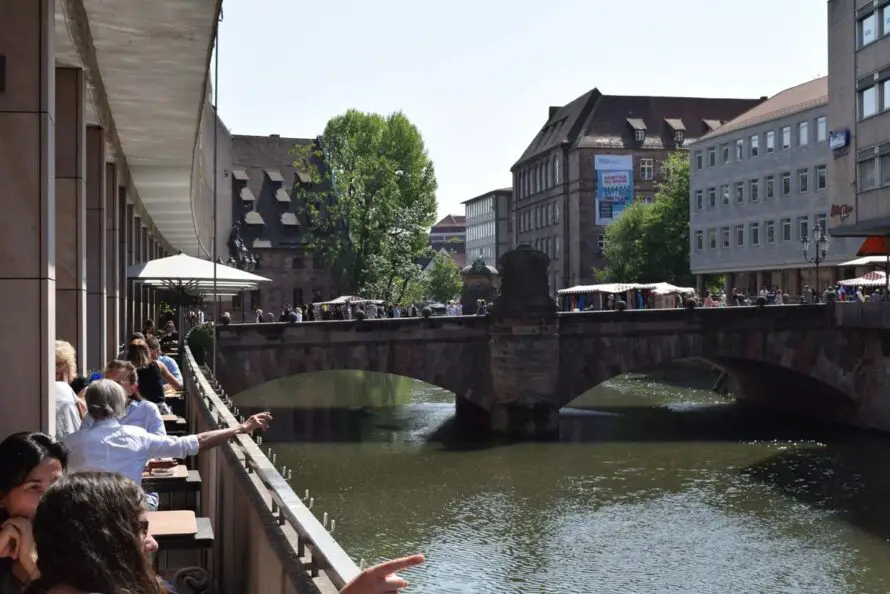
With only 48 hours in Nuremberg, you need to be up early and ready to go. Don’t miss out on trying many of the over 3000 types of breads that Germany produces. A treat I always have for breakfast in Germany is Bircher Muesli, oats soaked overnight in milk with raisins and fresh fruit added, as well as my toasted pretzels with butter.
Take a city tour
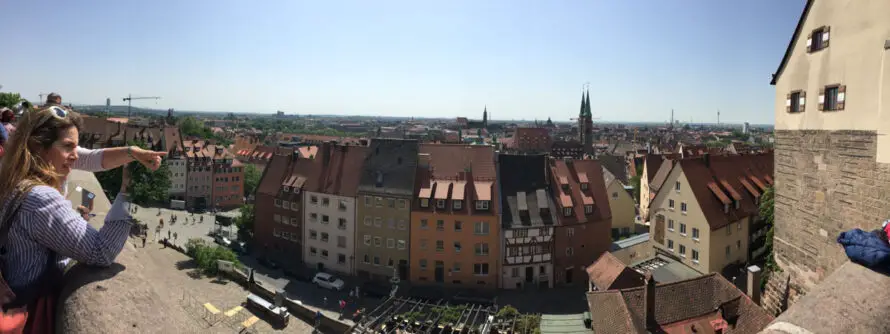
When in a new town, I always take a city tour, either red bus or private. I highly recommend a private guide though, so you are not at the will of others. In Nuremberg, we were lucky enough to have Claudia Radtke as our private guide, one of the best in town. We explored the nooks and crannies that you would definitely miss if you just toured without a guide. Since Nuremberg has an extensive history with many political twists and turns having a tour guide puts it all into perspective.
Explore the walls, towers and castle
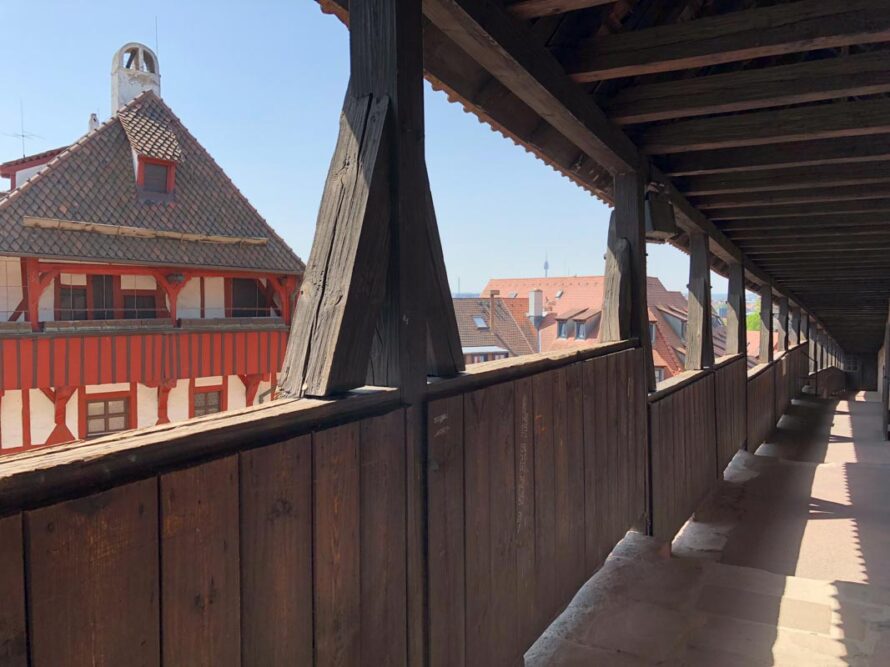
From our room at the Meridien, we were eye to eye with one of the four towers built to protect the walled city. When first built, the city’s walls were almost five kilometers long. Although you can’t walk around the four kilometers of the walls that still exit, or go into the towers, you can get a great view of them from the castle garden.
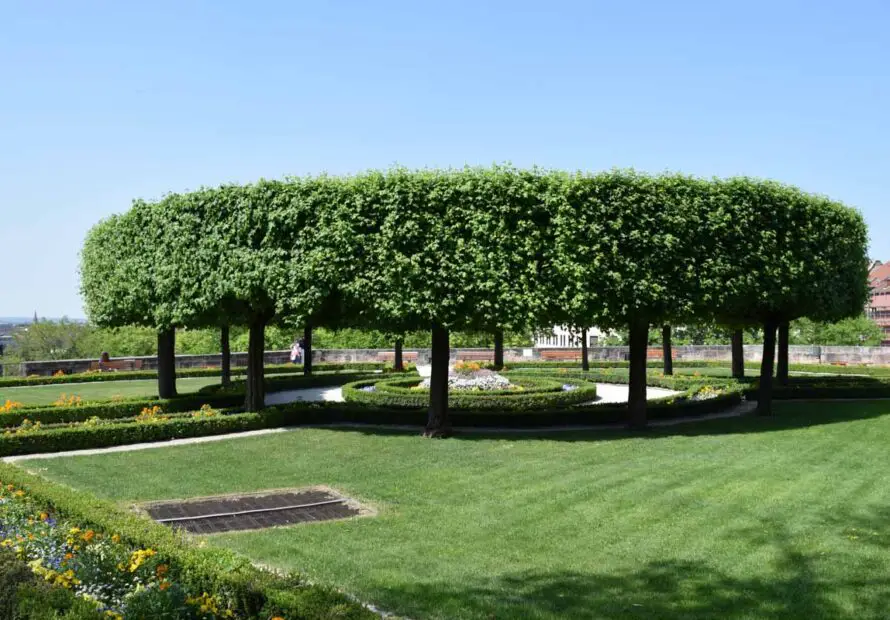
The castle shouldn’t be missed. In 1356, Emperor Charles IV made Nuremberg the epicentre of the known political world when he proclaimed that each Emperor from that moment had to give his first general assembly in the city. The Imperial castle in Nuremberg is one of the most important castles in German until the early 19th C. If you are going in the summer, don’t miss the castle garden, which is a haven of lilac trees and has a fantastic view over the entire city.
Eat sausages and other Nuremberg goodies
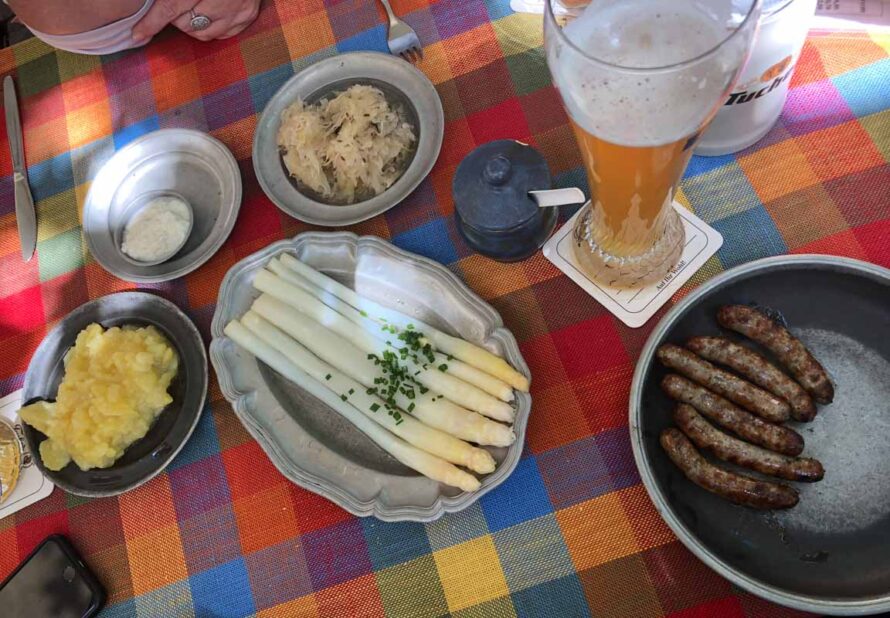
After all that walking, I know you will have worked up an appetite for the famed Nuremberg sausage. What makes this sausage peculiar to Nuremberg? According to EU Law, one Nuremberg sausage must be no longer than 9cm and weigh no more than 25g. You can eat three in a bun (Drei im Weggla) if you are on the go or have them the way the Cypriot and I did – six grilled on a plate accompanied by potato salad, sauerkraut, mustard, and horseradish sauce, with a pretzel and a beer. They also come in portions of 6, 8, 10 and 12! I recommend enjoying them at Bratwursthäusle right off the Christmas Market Square, but they are served almost everywhere. You can also have them served as Saure Zipfel, cooked in vinegar-onion sauce.

Thank goodness, during our 48 hours in Nuremberg, it was Spargel Season (Asparagus) and the Germans make a very big deal out of it! Every restaurant has a dedicated Spargel menu and it’s sold in every outdoor market.
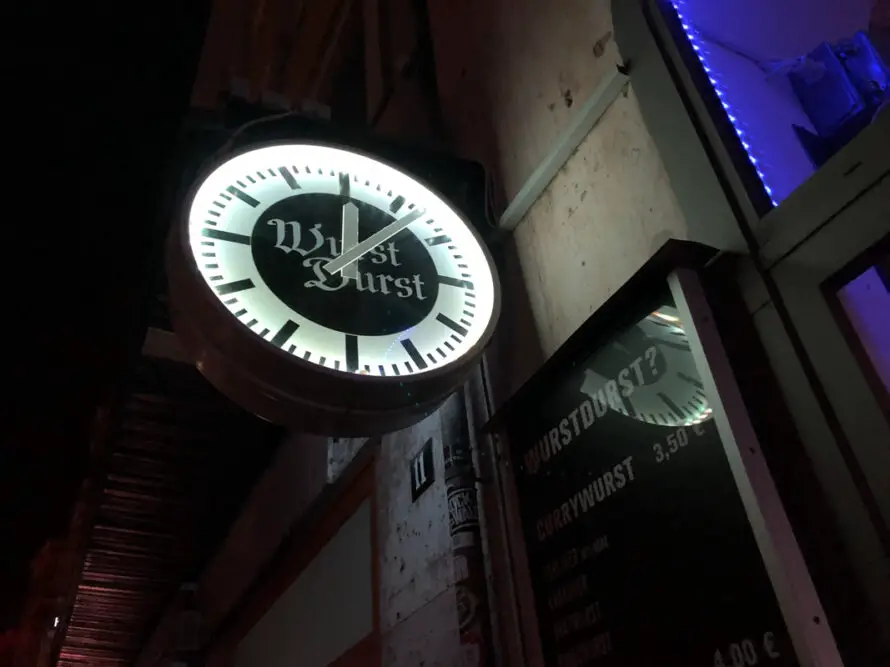
If you find yourself still hungry in the wee hours of the night, there is only one place to go: Wurst Durst. They smother the sausages in homemade curry sauce and serve them with the best Belgian frites outside of Oudenaarde.

If you are up to your ears in wurst, then try the other hometown dish, the Schäufele (pork shoulder) served with dumplings. – It’s hearty fare, so come to Nuremberg hungry!
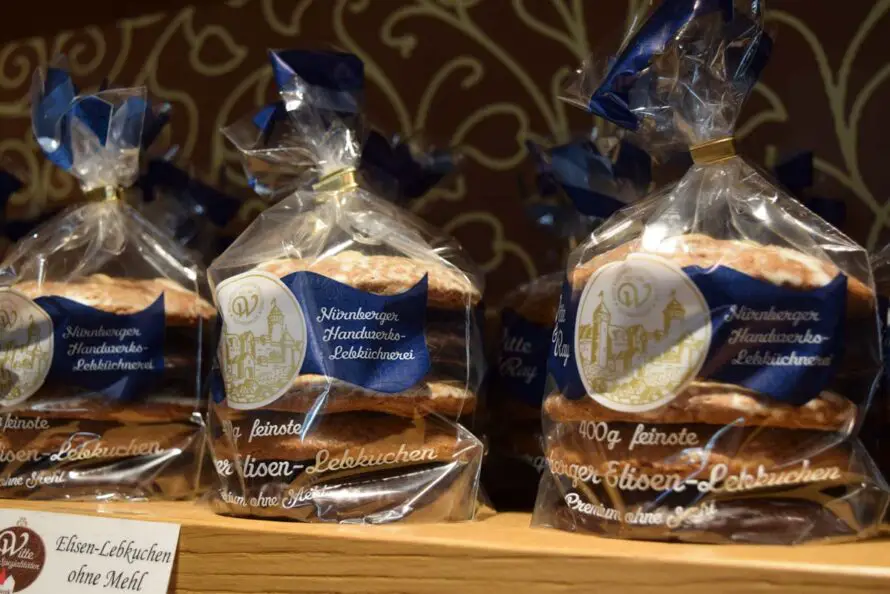
Breakfast, lunch or dinner – you are free to eat as much Lebkucken here as you want. Lebkucken is not just for Christmas in Nuremberg! Almost as omnipresent as the sausages, the Lebkucken was first baked by 13th C monks as unleavened church wafers and they were so popular that we are still eating them today. As there is no real translation of Lebkucken, it tends to be called spice, honey or ginger bread or cake.
Made up of all those warm, fragrant, homey flavors that remind us of the Christmas holiday season, Lebkucken is available here at every time of the year. Small and big shops sell their own variations, so try as many different brands as you can. Pop into Lebkucken Schmidt and Lebkucken Düll.
The Blue Night and Nuremberg Museums
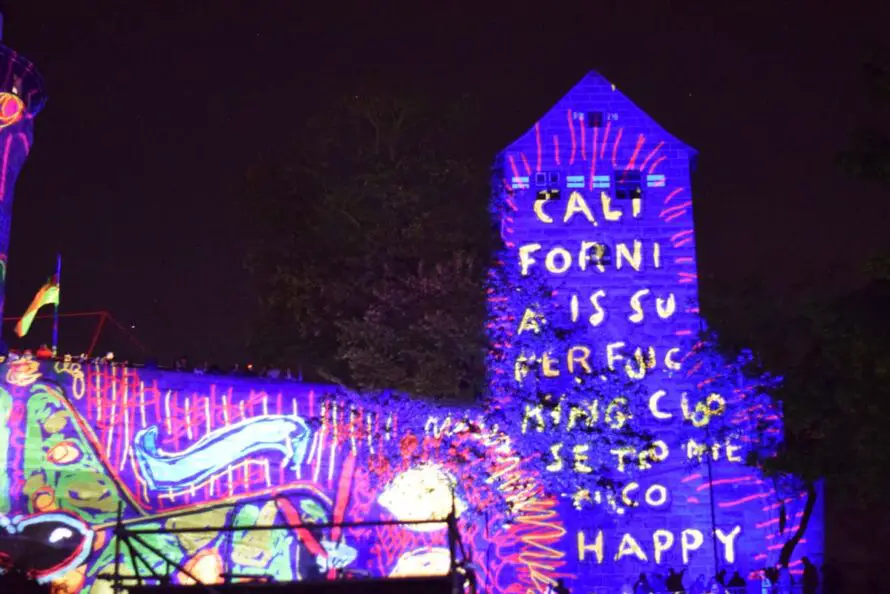
There are too many wonderful museums in Nuremberg to do them all in 24 hours. We were very lucky to be there during the Blue Night. Conceived as a celebration of Nuremberg’s 950th anniversary in the year 2000, the event, now held in May every year, sees the entire town turned blue. The city is flooded with blue light and, for a special ticket price, you can go into every museum you wish.
I highly recommend the Germanisches Nationalmuseum, the largest museum for cultural history in Germany, which includes the oldest globe in the world; Albrecht Dürer’s House – home to one of the most important Renaissance artists of all time; and all of the city’s most beautiful churches.
Here are a few photos of Nuremberg swathed in Blue Light!
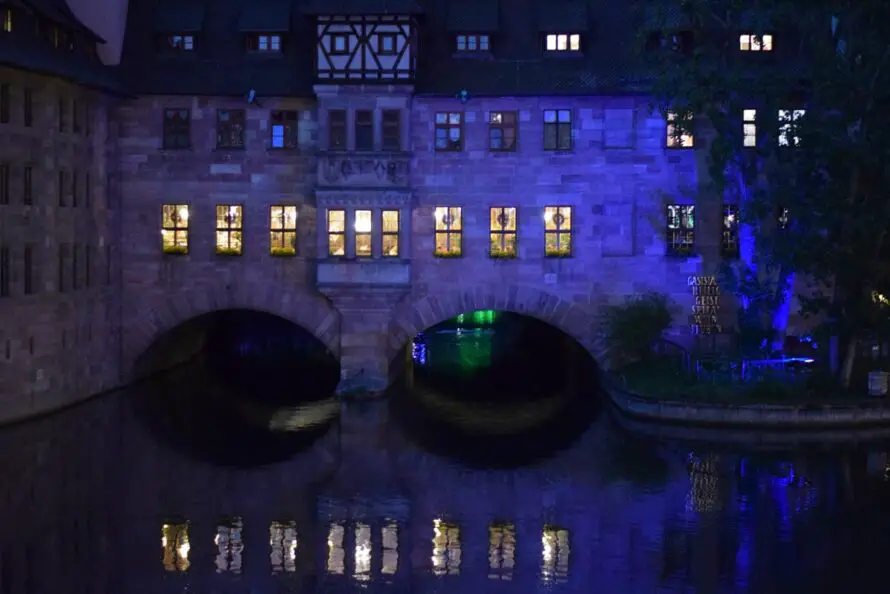
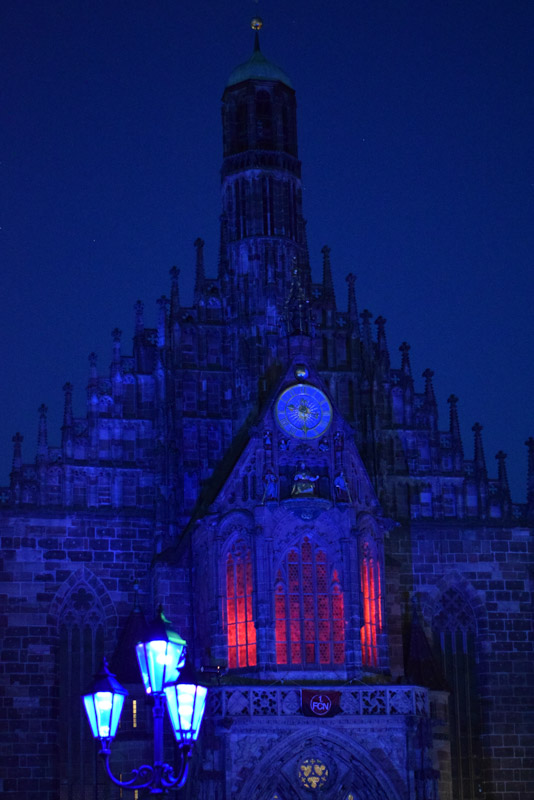
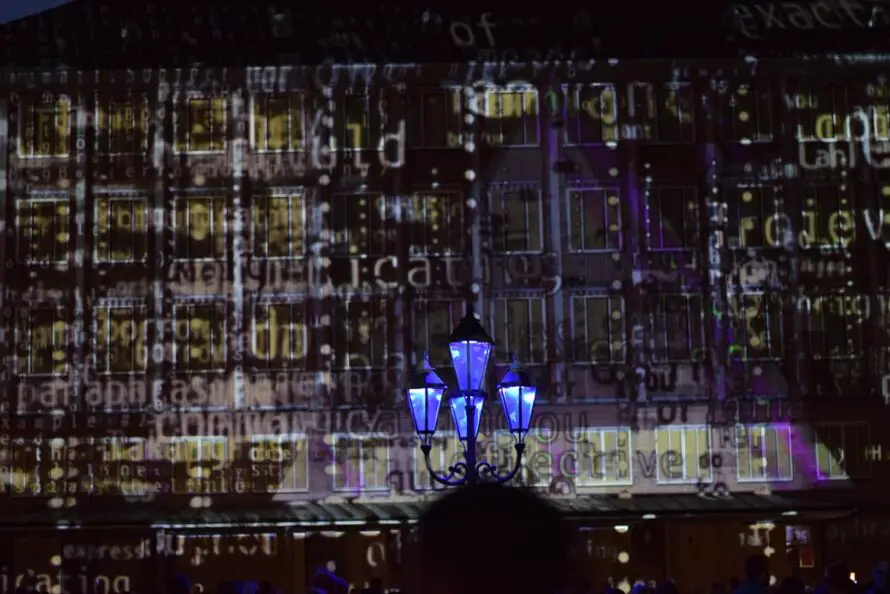

Drink beer and tour the beer cellars
Drinking beer in Germany is a national pastime, but only in Nuremberg is there Rotbier (Red Beer). A favorite of the monks since the Middle Ages, the production of Red Beer had been lost until Reinhard Engle took over the Hausbrauerei Altstadthof. (You can hear his story on a future Lush Life Podcast!)
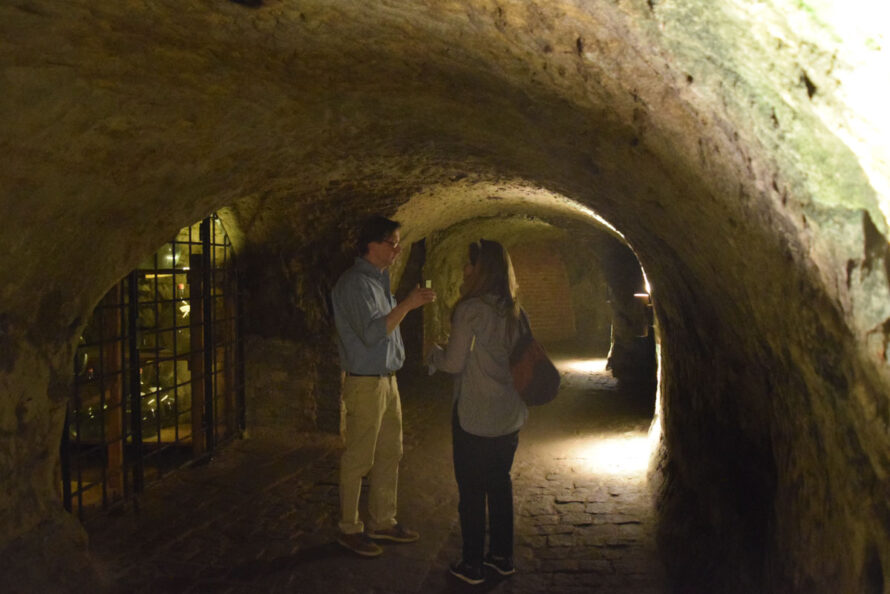
When you get to his pub, ask him nicely to show you a portion of the 26,000 Kilometers of beer cellars that lie below the city or take a special tour of them!
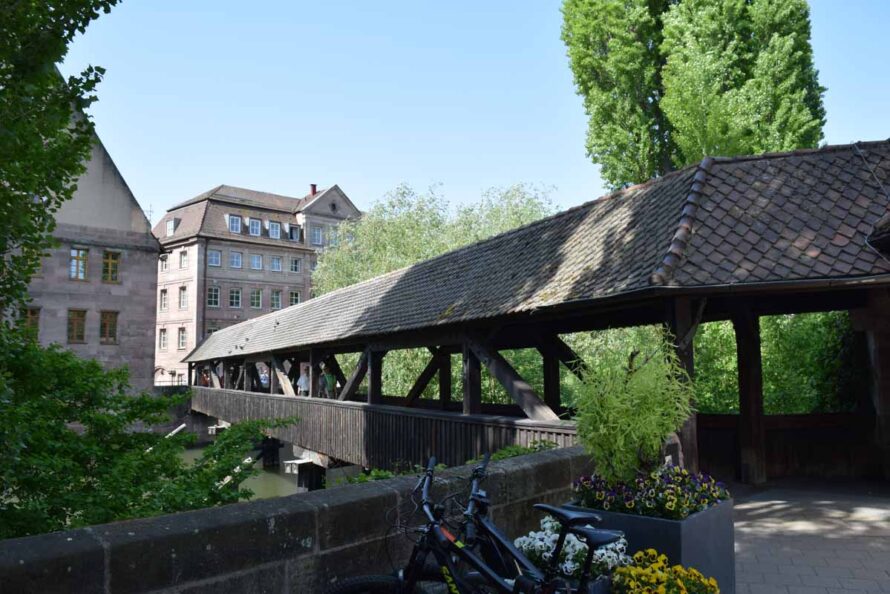
The Hangman’s Loop
There is a tiny walking loop you must do before leaving. Head toward the Starbucks at Hauptmarkt 1 (use your google maps) and you will see a little bridge crossing onto a tiny island. There are some lovely shops, but the real treat is the wooden bridge and house next to it. The Henkerhaus, or the Hangman’s House, and the bridge in front of you most definitely brought fear and dread to most people who ended up in front of it, but now it is one of the most picturesque spots in town.
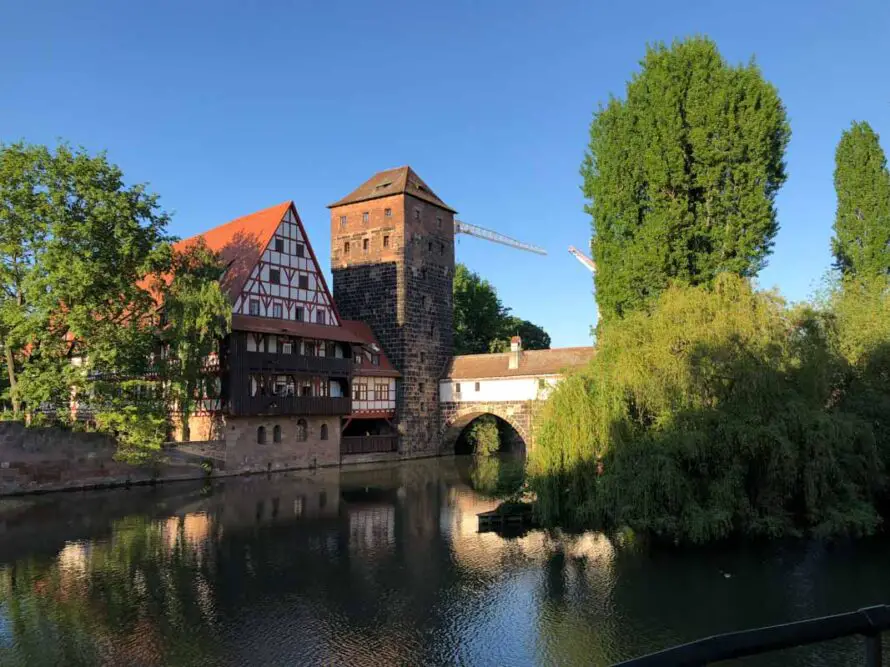
Follow the bridge over the water and you come to another bridge, the Hallertorbrücke – turn around and take some lovely photos of the Hangman’s bridge, then continue across and have a Schäufele (pork shoulder) and pint at Elke’s Bierstadl restaurant (right across the bridge) for the rest of the day.
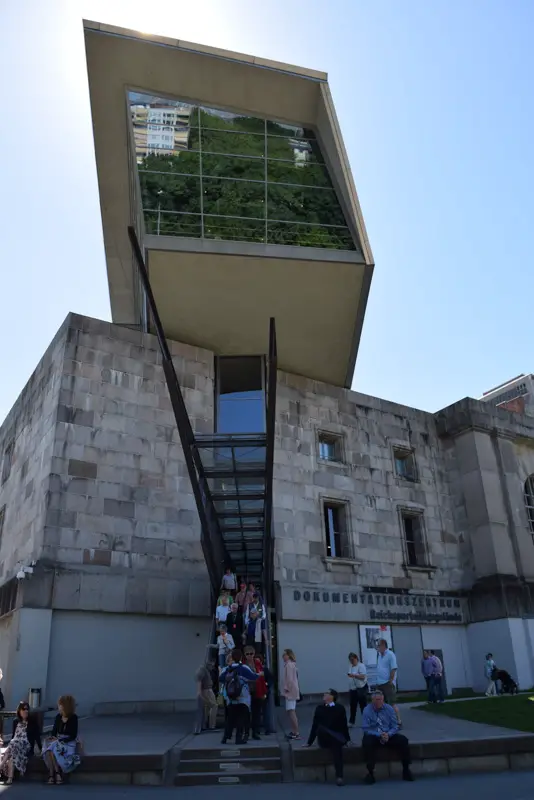
The Documentation Centre
There is never an easy way to speak about a country’s difficult past. Museums such as the Whitney Planation in Louisiana and the War Remnants museum in Ho Chi Minh City forces us to confront our past to remind us of what must never happen again. Nuremberg’s history was used by Hitler’s propaganda machine to create the idea of the perfect German city. Therefore, Nuremberg became a center for Nazi activities, including the infamous party rallies recorded in Leni Riefenstahl’s Triumph of the Will. Thousands of people poured into Nuremberg for these rallies, so Hitler called on his architect of choice, Albert Speer, to construct a venue big enough.
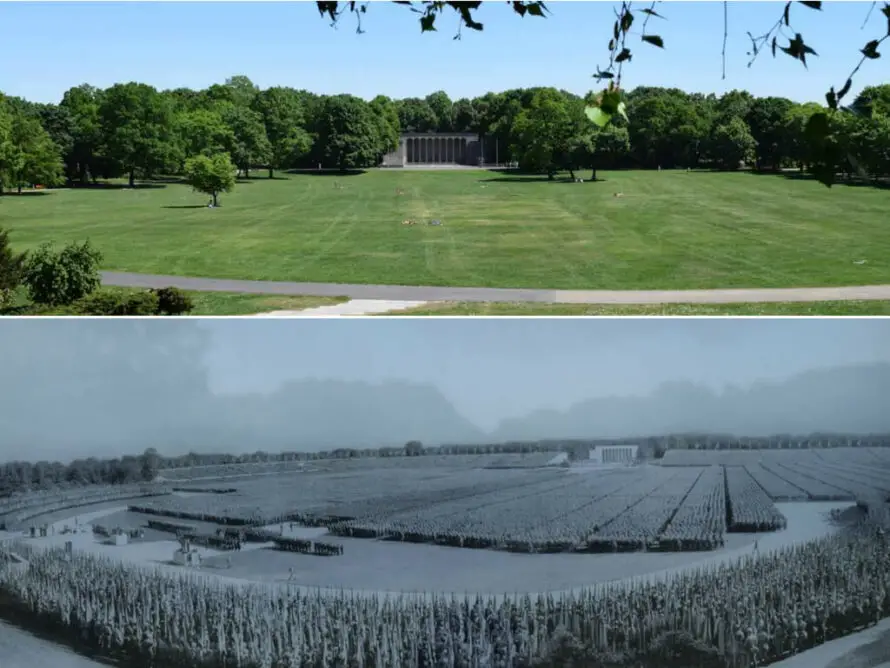
Although this complex was never finished, you can visit the many buildings that still remain. What now sits among the ruins of these buildings is the Documentation Center, which explains the history of the rise of the Nazism, as well as the stories behind each structure. After you go through the Center, you can wander outside amid the ruins that remain as evidence of Hitler’s ego.
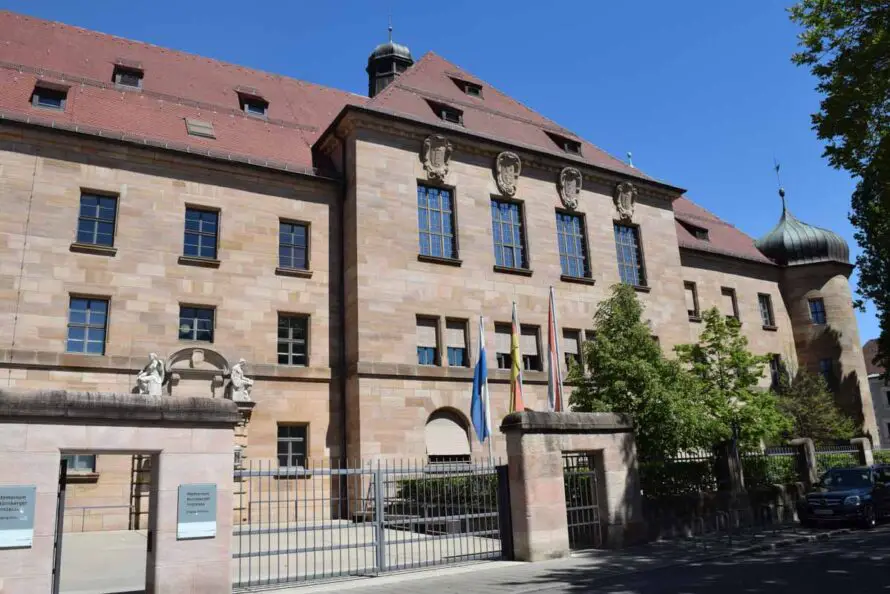
Memorium Nuremberg Court House
I believe you must go from the Documentation Centre right to the Memorium Nuremberg Trials – the law court where the infamous trials of the Nazi criminals were held. Here was the first time someone was held accountable for “crimes against humanity” – crimes committed against any civilian population so terrible that they surpassed just usual war crimes.
You get the history of how the US, UK, French and Soviet Union worked together after the war to bring these evil men to trial. In the words of Robert Jackson, U.S. Supreme Court Justice who served as United States Chief of Counsel, “The wrongs which we seek to condemn and punish have been so calculated, so malignant, and so devastating, that civilization cannot tolerate their being ignored, because it cannot survive their being repeated.”
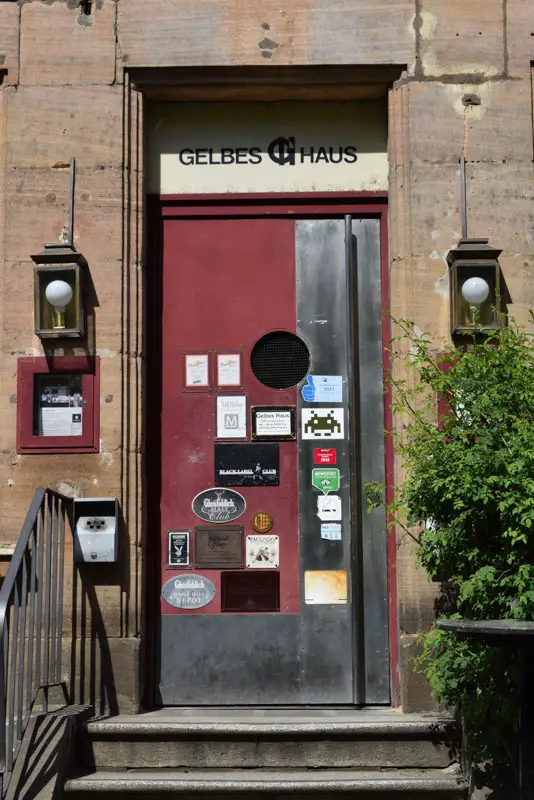
Have a cocktail
This is a day heavy with history, so many of you might need a drink. One of the best cocktail bars in Germany is about 5 minutes walk from the Court House, The Gelbes Haus. Don’t miss Mata Hari in the old town as well.
PIN IT LATER
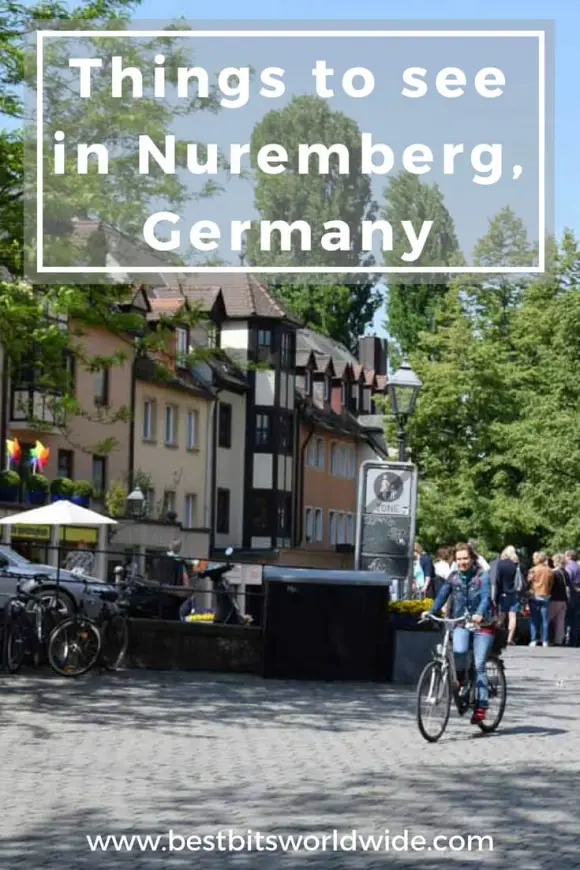
NB: I was the guest of Nuremberg Tourist Board and I can’t thank them enough. I also need to thank the Stansted Express for making my journey to Stansted Airport that much easier! My opinions are always my own!
